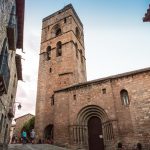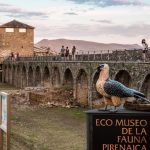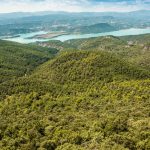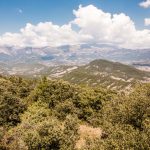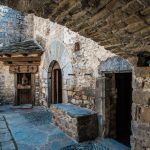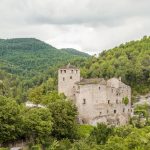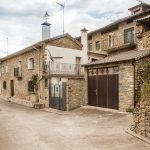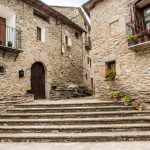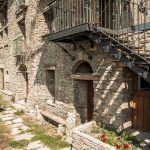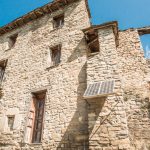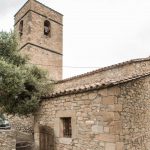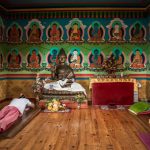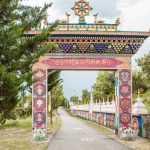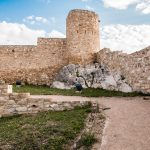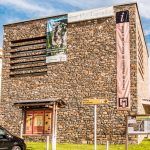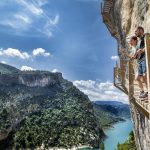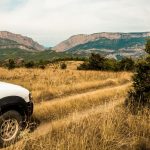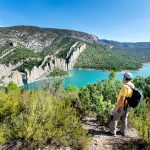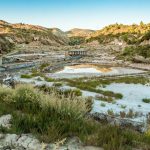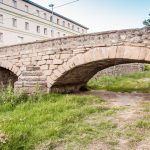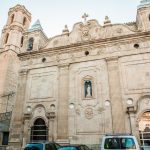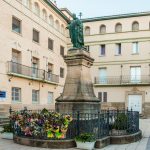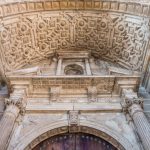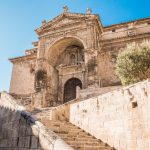Aínsa
local_hotelAccommodationlocal_gas_stationPetrol StationrestaurantRestaurant
Aínsa is one of the most beautiful villages, not only in Aragon, but in the whole of Spain. An architectural complex of great value, it was declared Conjunto Histórico-Artístico (Historical-Artistic Value Complex) in 1965. Today the old town, the castle and the collegiate church bear the Bien de Interés Cultural (Cultural Heritage Site) title.
The old centre of Aínsa is a must. Strolling through the castle (11th to 16th centuries), the main square, with its portico and strong medieval atmosphere, the Romanesque church of Santa María (12th century) with its beautiful cloister and the cobbled streets, you can feel the centuries of history of this medieval city. The town’s houses (16th-17th centuries) are excellent examples of traditional architecture such as Casa Arnal, Casa Bielsa or Casa Latorre.
Walking through the historical centre of Aínsa, we will discover, thanks to the geo-city route of the Sobrarbe-Pyrenees UNESCO World Geopark, that this beautiful architectural complex has a lot to offer in addition to an interesting geological heritage, with which it is closely connected. It is the starting point for a visit to the Sobrarbe-Pyrenees UNESCO World Geopark, which is located in one of the towers of the castle.
1.5 km from the village is the Cruz Cubierta Temple, inside which a column represents the tree and the cross of Sobrarbe, the symbols of the region that appear on the coat of arms of the kingdom of Aragón.


